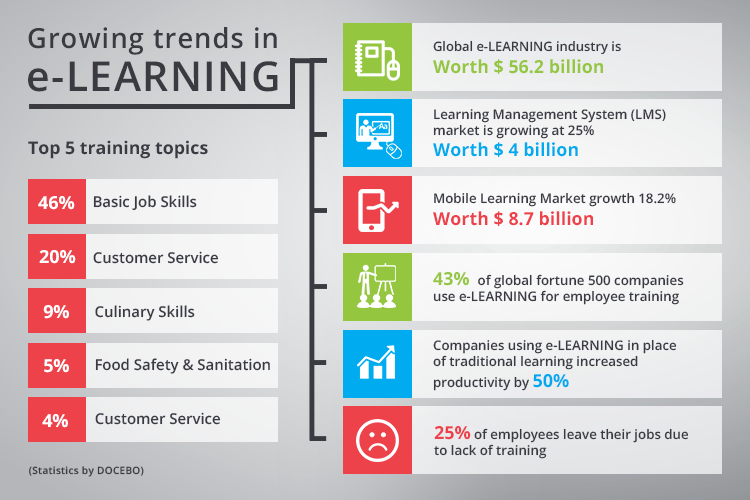Blog
Getting the Best Out of Workplace Training

The advancement of technology, social media and change of social and political attitudes are bringing change to main aspects of work and life. For a human from the 1980s future travelling to the present day world, our methods of interactions, work and play would seem stranger than ever.
The high leap of technological advancements and the influx of millennials to the workforce has changed the traditional workplace and working patterns including the time tested work station, workplace hierarchy patterns and task management methods beyond recognition.
However one aspect that has been resisting the winds of change at workplace is the conventional methods of workplace training. The time traveller from ‘80s would have identified well with the fire hose method of training used by many companies even today to train their employees on every subject or field. While most people love to learn for learning sake, many find the tightly scheduled hose pipe method of training, in which a specialised trainer tries to stuff hundreds of participants with everything there is to know about leadership training to managements and sales.
Years of research done into the effectiveness of workplace training, have found that generalised and unplanned methods of training done for the sake of training can do more harm than good.
According to the findings, almost all participants of mass scale trainings done at business organisations tend to forget what they learned during the first two months since they performed no task which collaborated with the training they received. Moreover the lack of follow up and evaluation of participants on their newly acquired skills provided them little or no encouragement for them to fine-tune these new skills.
As more millennials replace members of generation Y in middle management, the workers’ dissatisfaction with workplace learning is becoming a phenomena to reckon with. As a generation, which grew up with mobile phones, social media and fast internet, millennials tend to hold high expectations in everything in life and expects fast feed backs and have a shorter attention span compared to their predecessors.
Today millennials hold one in three jobs in American continents while in some Asian countries the workforce tends to be even younger. According to a research done by Adept Performance System, a new method of training at workplace requires to be relevant and practical. Modern Employees want to know how a training would help them and their career and altruistically the society at large.
According to the research new methods of teaching requires to offer small training sessions with broader content matter as against the fire hose method, which is in general use. Millennials would prefer to learn applicable and practical methods to manage time, teams and life and work balance as against a general course on team management.
It is also important for any training to be very relevant to their work. Application training against reactionary training is the best method of training for millennials, where any new skill and knowledge gained should be applicable to real life situations immediately.
Coaching and mentorship is the most preferred method of learning by millennials where they can ask questions and receive immediate answers and feedbacks for real life problems. Instant gratification is an essential part in managing millennial employees, who prefer digital methods of time managements and information distribution instead of group meetings and discussions.
A clever method used by XEROX is to initiate mobile and social media learning methods among its employees was to make digital learning material available online on social media applications. Employees were encouraged to access these material at their own time to learn new skills, which they can adopt at work.
Developing multiple digital teaching tools, which can be accessed online according to the requirements of the employees and providing them with online training and tests through platforms like DAMMORE makes learning a more flexible and accessible experience to a new generation of workers.Using a digital tool to performance manage the workers can help the employee as well as the management evaluate the effectiveness of any training process in place. By using a task and team management tool like OPPTIMO which can store performance and efficiency data of each member for a long time period, each group can compare the performance level on a relevant task before and after a training.
Delivering well customised, single concept training in shorter modules can bring in more results compared to long and generic training sessions. A performance monitoring tool like OPPTIMO can also help the management identify the weaker and stronger points of each of its workforce member to customise the training process to suit the requirements of the employees.
With OPPTIMO, a team lead or a manager can access the performance data of each member and identify their weaker points to recommend a bite size and more focussed training procedure relevant for each members without prescribing a fire hose training session.


